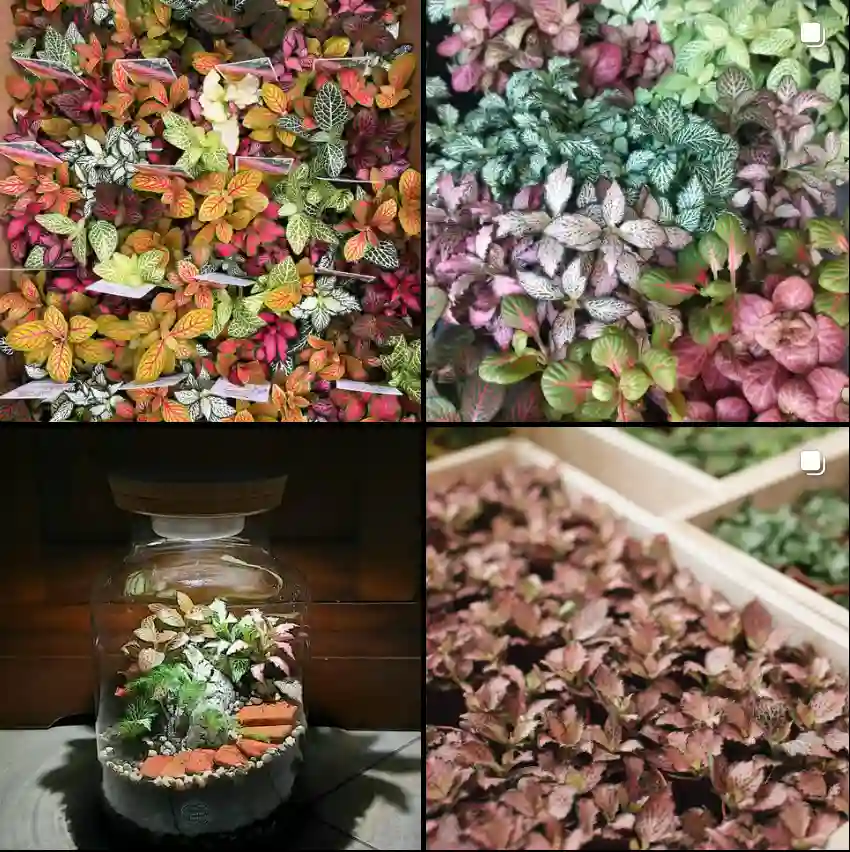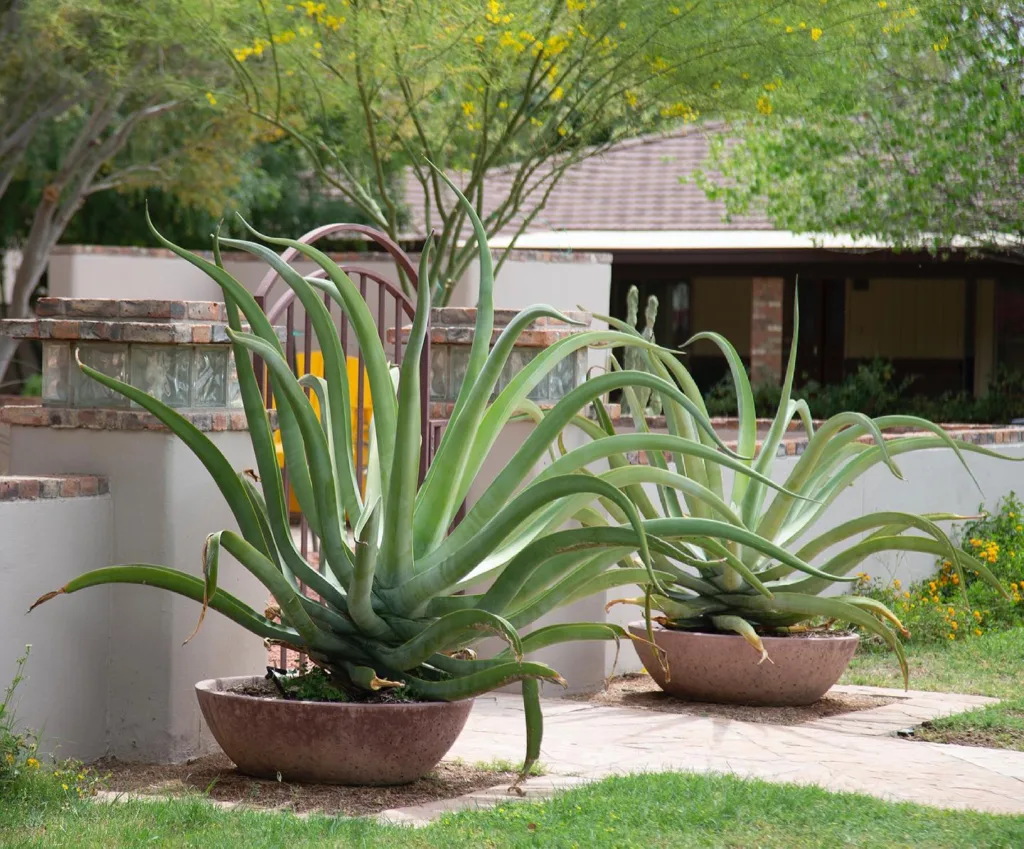Liatris Aspera: A Gardener’s Guide to the Rough Blazing Star
Hi, Ferb Vu here. As a gardener, I’m always on the lookout for beautiful, low-maintenance plants that add a touch of the wild to my garden. Liatris aspera, also known as the rough blazing star, has become a favorite for its stunning blooms and resilience.
If you’re curious about this North American native, you’ve come to the right place. Let’s delve into some frequently asked questions about Liatris aspera.
51 Species in Genus Liatris
What is Liatris Aspera?
Liatris aspera is a perennial wildflower belonging to the Asteraceae family. It’s native to central and eastern North America, where it thrives in dry prairies and savannas. This herbaceous plant produces a single, erect stem that can reach heights of 1 to 6 feet, boasting fluffy spikes packed with vibrant purple flowers in late summer.
The name “aspera” comes from Latin, meaning “rough,” referring to the short, stiff hairs on the central stem and the narrow basal leaves.
Liatris aspera vs liatris scariosa
I’ve grown Liatris aspera, and I love its rugged look and tall, spiky blooms that add a wild charm to the garden. On the other hand, Liatris scariosa has caught my eye for its more delicate, softer appearance and slightly shorter stature, which makes it a great choice for adding a touch of elegance to smaller spaces.
Is Liatris Aspera Easy to Grow?
Absolutely! Liatris aspera is a gardener’s dream. It’s low-maintenance and requires minimal fuss. Here’s what you need to know:
- Sun: Liatris aspera prefers full sun but can tolerate some shade.
- Soil: Well-drained soil is key. The plant thrives in medium to dry conditions and doesn’t appreciate soggy feet.
- Watering: Once established, Liatris aspera is quite drought-tolerant. Regular watering is only needed during prolonged dry spells.
- Fertilizer: This wildflower isn’t a fertilizer hog. A light application of compost in spring is sufficient.
How Do I Care for Liatris Aspera?
Liatris aspera is a low-maintenance plant, but a few simple steps can ensure it thrives:
- Deadheading: Removing spent flowers encourages continuous blooming throughout the season. Simply pinch or cut off the flower heads just below where the blooms fade.
- Dividing: After a few years, your Liatris aspera clumps may become overcrowded. Divide them in early spring to maintain healthy growth and promote more blooms.
- Winter Care: Liatris aspera is winter-hardy in most regions. Simply cut the stems back to a few inches above ground in late fall or early spring.
Does Liatris Aspera Attract Pollinators?
A resounding yes! The vibrant purple flowers and nectar-rich blooms of Liatris aspera are a magnet for butterflies, bees, and hummingbirds. It’s a fantastic addition to any pollinator garden.
Where Can I Plant Liatris Aspera?
Liatris aspera’s tall, slender form and vibrant blooms make it a versatile addition to various garden settings:
- Perennial borders: Plant it towards the back of the border to add height and color.
- Butterfly gardens: Liatris aspera is a guaranteed pollinator magnet, attracting butterflies with its irresistible blooms.
- Native plant gardens: As a North American native, Liatris aspera provides a natural habitat for local wildlife.
- Meadows and prairies: Liatris aspera thrives in drier, meadow-like settings, adding a touch of wild charm to your landscape.
What are Some Companion Plants for Liatris Aspera?
Liatris aspera pairs beautifully with a variety of plants:
- Grasses: Ornamental grasses like switchgrass or little bluestem provide a textural contrast and complement the tall form of Liatris aspera.
- Coneflowers: Echinacea purpurea shares a similar bloom time and creates a stunning color combination with Liatris aspera’s purple.
- Black-eyed Susans: Rudbeckia fulgida adds a burst of golden yellow alongside the purple blooms of Liatris aspera.
- Liatris spicata: Consider planting other Liatris varieties like Liatris spicata, which blooms earlier in the season, extending your flowering period.
Conclusion
Liatris aspera is a low-maintenance wildflower with undeniable charm. Its vibrant blooms and ease of care make it a perfect addition to gardens of all sizes. Whether you’re seeking to attract pollinators, create a natural habitat, or simply add a touch of the wild, Liatris aspera is sure to impress.
If i die, water my plants!


